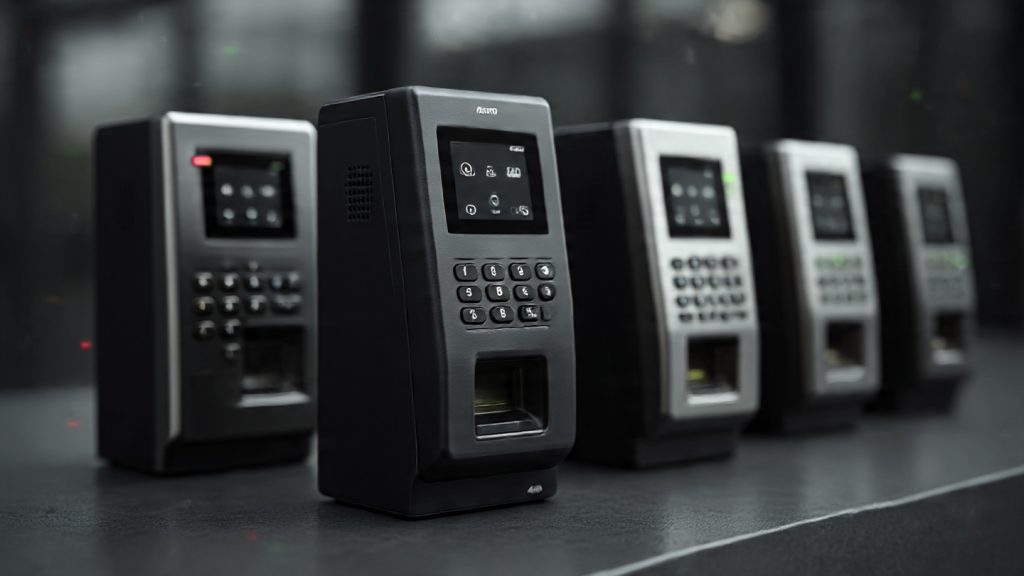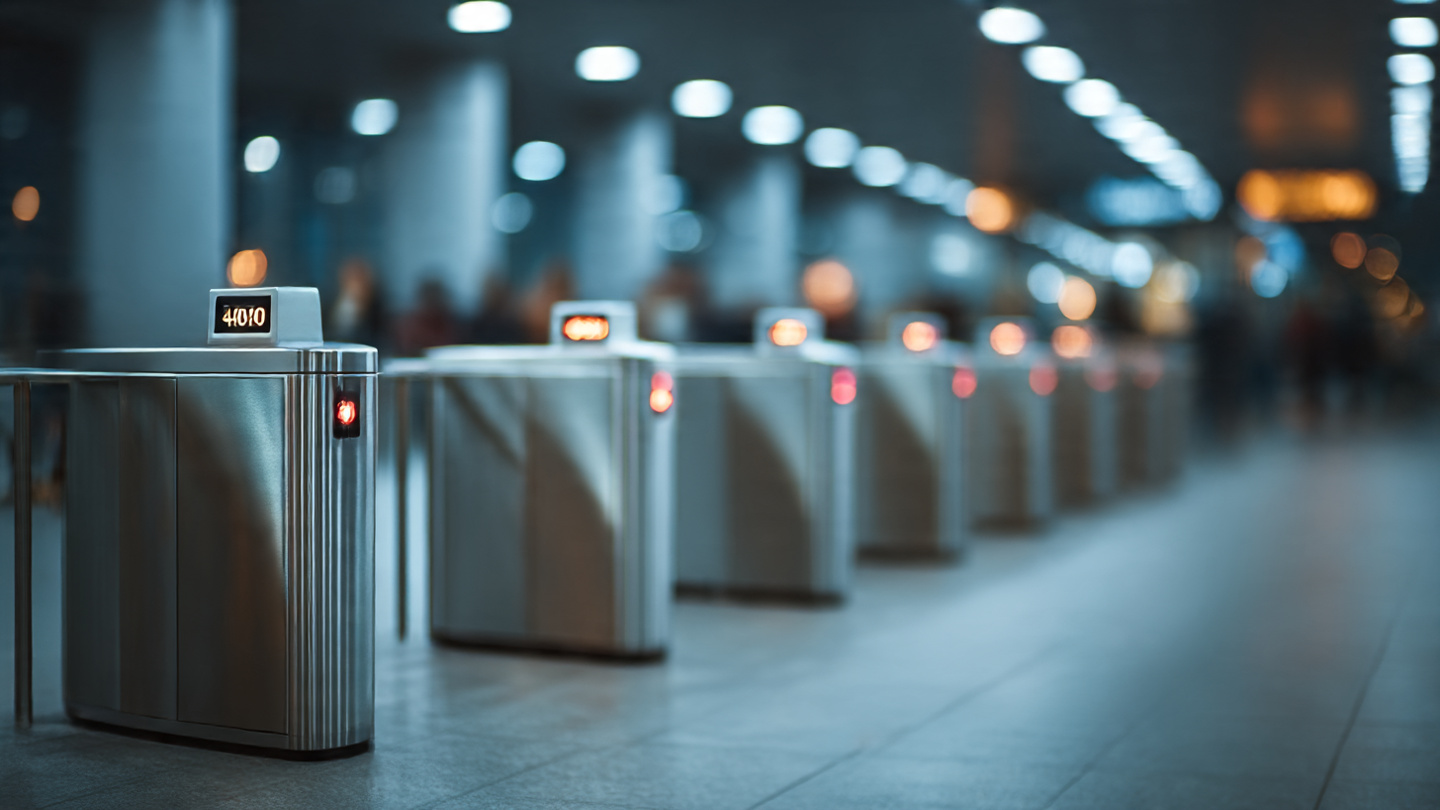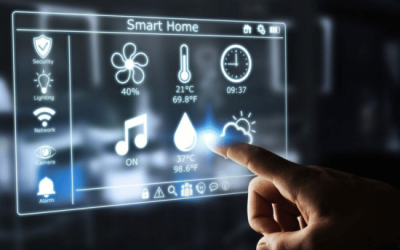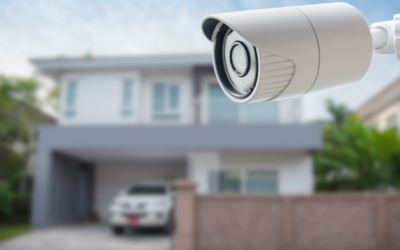A Business Guide to Different Types of Access Control Systems.
Access control systems are essential components of modern security infrastructure, designed to regulate who can enter or exit specific areas within a facility. These systems serve as the first line of defense against unauthorized access, ensuring that only individuals with the appropriate permissions can gain entry. The importance of access control cannot be overstated, as it not only protects physical assets but also safeguards sensitive information and maintains the overall integrity of an organization.
By implementing a robust access control system, businesses can significantly reduce the risk of theft, vandalism, and other security breaches. At their core, access control systems function by utilizing various technologies to authenticate users and manage their access rights. This can involve a combination of hardware and software solutions that work together to create a secure environment.
The evolution of technology has led to increasingly sophisticated systems that offer enhanced features such as remote monitoring, real-time alerts, and detailed reporting capabilities. As organizations continue to prioritize security, understanding the different types of access control systems available is crucial for making informed decisions about which solution best fits their needs. Peace of mind is our priority when it comes to your security needs.
Types of Access Control Systems
Access control systems can be broadly categorized into several types, each with its unique features and benefits. The most common types include keycard systems, biometric systems, proximity systems, keypad systems, smartphone systems, and remote access systems. Each type serves a specific purpose and is suited for different environments, ranging from small businesses to large enterprises.
Understanding these various types is essential for organizations looking to enhance their security measures effectively. Keycard access control systems are among the most widely used solutions in commercial settings. They rely on physical cards that users swipe or tap against a reader to gain entry.
Biometric systems, on the other hand, utilize unique physical characteristics such as fingerprints or facial recognition to authenticate users. Proximity systems operate similarly to keycard systems but use radio frequency identification (RFID) technology to allow users to gain access without direct contact with a reader. Keypad systems require users to enter a numerical code to unlock doors, while smartphone access control systems leverage mobile devices for authentication.
Lastly, remote access control systems enable administrators to manage access rights from a distance, providing flexibility and convenience in security management.
Keycard Access Control Systems
Keycard access control systems have become a staple in many organizations due to their ease of use and effectiveness. These systems typically consist of a card reader and a set of keycards issued to authorized personnel. When an individual approaches a secured entry point, they simply swipe or tap their keycard against the reader, which then verifies their identity and grants or denies access based on pre-defined permissions.
This straightforward process makes keycard systems an attractive option for businesses looking to streamline their security protocols. One of the significant advantages of keycard access control systems is their ability to easily manage user permissions. Administrators can quickly add or revoke access rights as needed, making it simple to accommodate changes in personnel or organizational structure.
Additionally, many keycard systems come equipped with advanced features such as audit trails that log entry attempts, allowing businesses to monitor who accessed specific areas and when. This level of oversight can be invaluable in identifying potential security breaches and ensuring compliance with industry regulations.
Biometric Access Control Systems
Biometric access control systems represent one of the most advanced forms of security technology available today. By utilizing unique physical traits such as fingerprints, iris patterns, or facial recognition, these systems provide a high level of accuracy in user authentication. The primary advantage of biometric systems is that they eliminate the need for physical tokens like keycards or codes, which can be lost or stolen.
Instead, users are identified based on their inherent characteristics, making unauthorized access significantly more challenging. The implementation of biometric access control systems can enhance security in various environments, from corporate offices to high-security facilities. These systems often come with additional features such as real-time monitoring and integration with other security measures like surveillance cameras.
However, organizations must also consider potential privacy concerns associated with collecting and storing biometric data. Ensuring compliance with data protection regulations is crucial when implementing these advanced security solutions.
Proximity Access Control Systems
Proximity access control systems offer a convenient alternative to traditional keycard systems by utilizing radio frequency identification (RFID) technology. In these systems, users are issued proximity cards or fobs that emit a signal when brought within close range of a reader. This contactless approach allows for quick and efficient entry without the need for physical swiping or tapping.
Proximity systems are particularly popular in environments where speed and convenience are paramount, such as office buildings and educational institutions. One of the key benefits of proximity access control systems is their durability and ease of use. Unlike traditional keycards that may wear out over time due to frequent handling, proximity cards are designed to withstand daily use without degradation.
Additionally, these systems can be easily integrated with other security measures, such as video surveillance and alarm systems, creating a comprehensive security solution for organizations. As businesses continue to seek ways to enhance their security while maintaining user convenience, proximity access control systems remain a popular choice.
Keypad Access Control Systems
Keypad access control systems provide a straightforward yet effective means of securing entry points within a facility. These systems require users to enter a predetermined numerical code on a keypad to gain access. The simplicity of keypad systems makes them an attractive option for small businesses or locations where high-tech solutions may not be necessary.
They are often used in conjunction with other security measures to create layered protection. One significant advantage of keypad access control systems is their cost-effectiveness. Unlike more advanced solutions that require specialized hardware or software, keypad systems can be relatively inexpensive to install and maintain.
Additionally, they do not rely on physical tokens that can be lost or stolen, reducing the risk of unauthorized access due to misplaced keycards or fobs. However, organizations must ensure that codes are regularly updated and kept confidential to prevent unauthorized individuals from gaining entry.
Smartphone Access Control Systems
Smartphone access control systems represent the latest evolution in security technology, leveraging the ubiquity of mobile devices for user authentication. These systems allow individuals to use their smartphones as digital keys, granting them access to secured areas through mobile applications or Bluetooth technology. The convenience of smartphone access control appeals to tech-savvy users who prefer not to carry additional physical tokens.
The integration of smartphone technology into access control systems offers numerous benefits beyond convenience. For instance, many smartphone-based solutions provide real-time notifications and alerts regarding entry attempts, allowing administrators to monitor activity remotely. Additionally, these systems often include features such as temporary access codes for visitors or contractors, enhancing flexibility while maintaining security protocols.
As organizations continue to embrace digital transformation, smartphone access control systems are likely to become increasingly prevalent.
Remote Access Control Systems
Remote access control systems provide organizations with the ability to manage their security infrastructure from virtually anywhere in the world. These systems enable administrators to grant or revoke access rights remotely, monitor entry attempts in real-time, and receive alerts regarding suspicious activity—all through an internet-connected device. This level of flexibility is particularly beneficial for businesses with multiple locations or those that require constant oversight of their security measures.
The advantages of remote access control extend beyond convenience; they also enhance overall security management. By allowing administrators to respond quickly to potential threats or unauthorized access attempts, remote systems help mitigate risks before they escalate into more significant issues. Furthermore, many remote access solutions integrate seamlessly with existing security technologies such as surveillance cameras and alarm systems, creating a comprehensive security ecosystem that can be monitored and managed from a single platform.
Time and Attendance Access Control Systems
Time and attendance access control systems combine security measures with workforce management capabilities. These systems track employee attendance by requiring individuals to authenticate their identity upon entering or exiting a facility using methods such as keycards, biometrics, or keypads. By integrating timekeeping functions with access control technology, organizations can streamline payroll processes while enhancing security protocols.
The implementation of time and attendance access control systems offers numerous benefits for businesses seeking to improve operational efficiency. By automating attendance tracking, organizations can reduce administrative burdens associated with manual timekeeping methods while ensuring accurate records for payroll purposes. Additionally, these systems provide valuable insights into employee attendance patterns and trends, enabling organizations to make informed decisions regarding staffing and resource allocation.
Choosing the Right Access Control System for Your Business
Selecting the appropriate access control system for your business requires careful consideration of various factors including organizational size, budget constraints, and specific security needs. Each type of system offers unique advantages and limitations; therefore, it is essential to assess your requirements thoroughly before making a decision. For instance, smaller businesses may find that keypad or keycard systems suffice for their needs while larger enterprises may benefit from more advanced biometric or smartphone solutions.
Additionally, organizations should consider scalability when choosing an access control system. As businesses grow and evolve over time, their security needs may change; therefore, selecting a system that can adapt accordingly is crucial for long-term success. Consulting with security professionals can provide valuable insights into which solutions best align with your organization’s goals while ensuring compliance with industry regulations.
Implementing and Managing Access Control Systems in Your Business

Once an organization has selected an appropriate access control system, the next step involves implementation and ongoing management. This process typically begins with installing the necessary hardware and software components while ensuring proper integration with existing security measures such as surveillance cameras or alarm systems. Training employees on how to use the new system effectively is also essential for maximizing its benefits.
Ongoing management involves regularly reviewing user permissions and updating them as needed based on changes in personnel or organizational structure. Additionally, organizations should conduct routine audits of their access control system to identify any potential vulnerabilities or areas for improvement. By maintaining an active approach toward managing their security infrastructure, businesses can ensure that they remain protected against evolving threats while fostering a culture of safety within their organization.
In conclusion, understanding the various types of access control systems available is crucial for organizations seeking to enhance their security measures effectively. From keycard and biometric solutions to smartphone-based technologies and remote management capabilities, each system offers unique advantages tailored to different environments and needs. By carefully assessing their requirements and implementing robust management practices, businesses can create secure environments that protect both physical assets and sensitive information while fostering trust among employees and stakeholders alike.
In addition to understanding the various types of access control systems, it’s essential to consider how these systems can be integrated with other security measures. For instance, enhancing your security with CCTV systems can provide an additional layer of protection and monitoring. To learn more about the benefits of incorporating CCTV into your security strategy, check out this informative article on enhancing security with CCTV systems.
FAQs
What is an access control system?
An access control system is a security solution that regulates who or what can view or use resources in a computing environment or physical space. It helps businesses restrict unauthorized access to buildings, rooms, or data.
What are the main types of access control systems?
The main types include Discretionary Access Control (DAC), Mandatory Access Control (MAC), Role-Based Access Control (RBAC), and Physical Access Control Systems such as keypad entry, card readers, biometric scanners, and mobile access.
How do biometric access control systems work?
Biometric systems use unique physical characteristics like fingerprints, facial recognition, or iris scans to verify identity and grant access, providing a high level of security.
What is the difference between physical and logical access control?
Physical access control restricts entry to physical spaces like buildings or rooms, while logical access control manages access to computer systems, networks, and data.
Why is access control important for businesses?
Access control helps protect sensitive information, prevent unauthorized entry, reduce theft or damage, and ensure compliance with regulatory requirements.
Can access control systems be integrated with other security systems?
Yes, many access control systems can be integrated with surveillance cameras, alarm systems, and building management systems for enhanced security and monitoring.
What factors should businesses consider when choosing an access control system?
Businesses should consider security needs, scalability, ease of use, integration capabilities, budget, and the type of access points to be controlled.
Are cloud-based access control systems secure?
Cloud-based systems offer flexibility and remote management, and when properly implemented with encryption and strong authentication, they can be secure and reliable.
How often should access control credentials be updated?
Credentials should be updated regularly, especially when employees leave the company or change roles, to maintain security and prevent unauthorized access.
Can access control systems track and log entry activity?
Yes, most modern access control systems provide detailed logs and reports of entry and exit activity, which can be useful for audits and investigations.










